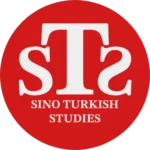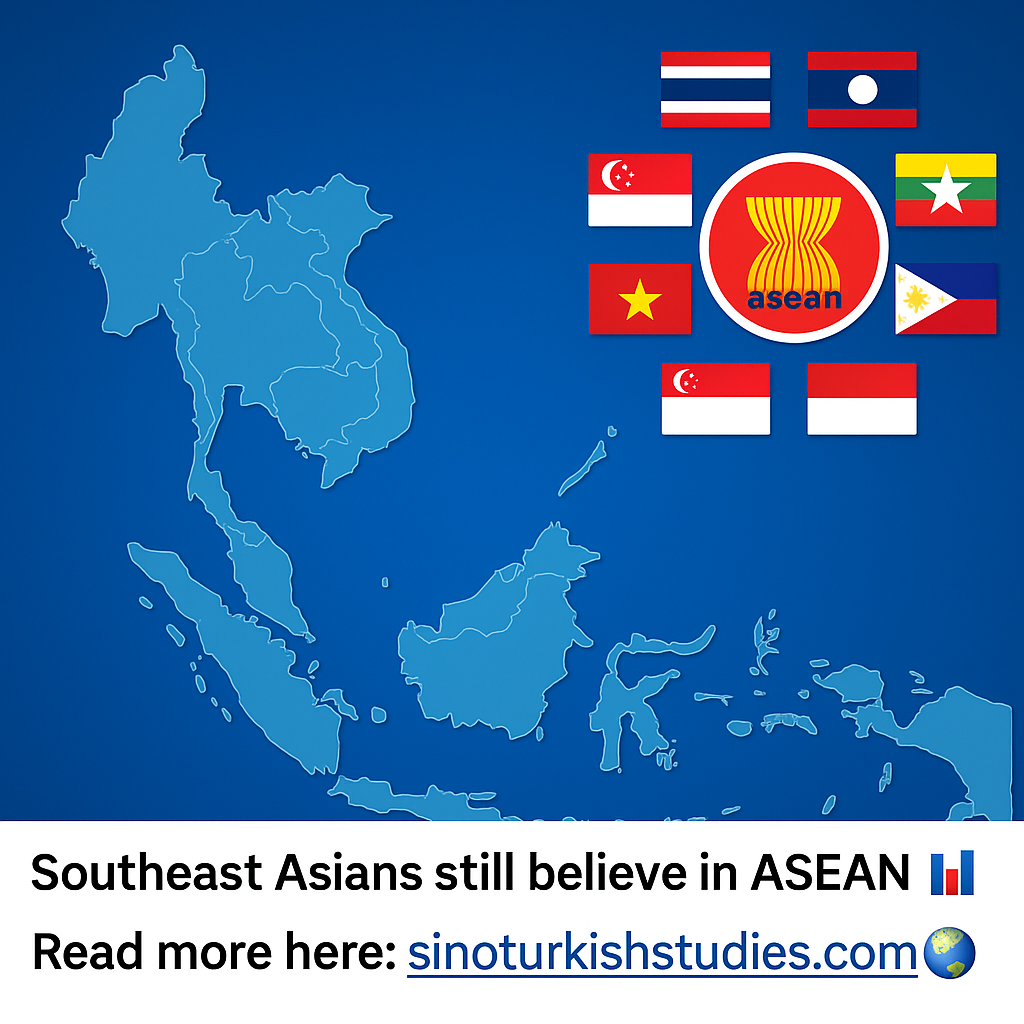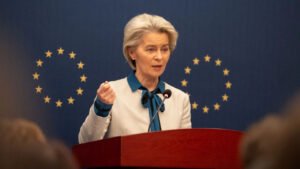But It Must Change to Earn Their Confidence
ASEAN has been at the very center of Southeast Asia’s political, economic, and diplomatic order for over five decades. It has preserved peace in a region formerly shattered by strife, facilitated trade integration, and become a convenor of dialogue between great powers.
But in recent years, its influence has noticeably waned—its voice muffled by geopolitical competitions, its institutions trailing behind crises, and its aspirations often eclipsed by events beyond its control. In 2023 and early 2024, ASEAN was increasingly sidelined, both by external forces dictating regional trends and by internal complacency that immobilized progress.
Belief Endures, But Expectations Are Rising
The picture is not one of inevitable decline. Public sentiment in Southeast Asia reveals continued belief in ASEAN’s core promise. Citizens no longer wish for yesterday’s ASEAN—consensus-bound and sovereignty-shy—but for a more proactive, effective, and agile ASEAN that shapes regional destiny.
Reinvention is essential—not only to remain globally relevant but also to secure the trust of its people.
Recent public opinion polls show widespread appreciation for ASEAN’s stabilizing role. Across cities from Jakarta to Hanoi and Manila to Phnom Penh, people still support economic integration, collective security, and regional unity over isolated state action. But this is qualified optimism, contingent on ASEAN’s ability to act decisively.
ASEAN’s Crisis Response Under Scrutiny
A major source of criticism is ASEAN’s perceived failure to handle pressing crises—most notably, the Myanmar coup. After the 2021 military coup, ASEAN proposed a Five-Point Consensus. Years later, violence persists, and ASEAN’s approach has fluctuated between backdoor diplomacy and inaction.
This exposes a deeper flaw: the non-interference principle, once a unifying strength, has become a barrier to meaningful action.
Economic Gaps and Missed Potential
ASEAN’s economic integration also lags behind expectations. While intra-regional trade is strong and global actors like China and the EU value ASEAN platforms, the bloc struggles to leverage its collective weight. Disjointed regulations, inconsistent policies, and slow commitment to integration create a gap between potential and performance.
The ASEAN Economic Community (AEC), launched in 2015, remains far from the cohesive model seen in the EU or even in emerging African economic blocs.
The Path Forward: Institutional and Strategic Overhaul
Despite setbacks, ASEAN has a solid foundation: it is the fifth-largest economy in the world, leads in free trade agreements, and retains global diplomatic centrality.
Yet, relevance must be matched with leadership and reform. Three key reforms are needed:
1. Rethink the Consensus Principle
Consensus has prevented fragmentation, but now acts as a veto on action. Flexible cooperation models—like “ASEAN-minus” initiatives—should be promoted for progress in areas like climate adaptation, digital economy, and health security.
2. Empower the ASEAN Secretariat
The ASEAN Secretariat lacks budget, mandate, and enforcement power. Boosting its institutional capacity is essential to implement initiatives and monitor integration goals.
3. Define a Strategic External Vision
In the Indo-Pacific era, neutrality should not mean passivity. ASEAN must promote its own inclusive and multilateral Indo-Pacific vision—one that sets the terms, not follows them.
4. Engage the People
ASEAN is often seen as a diplomatic club, not a people-centered organization. Grassroots legitimacy can be built through regional education exchanges, youth engagement, labor mobility, and civil society inclusion.
Conclusion: Between Stagnation and Transformation
Southeast Asians have not given up on ASEAN—but their patience is thinning. If ASEAN remains cautious while the world accelerates, it risks irrelevance—not from lack of value, but from lack of boldness.
The region’s potential is enormous: a youthful population, dynamic economies, and shared resilience. ASEAN is still the vehicle of Southeast Asia’s future—but it must be upgraded, reimagined, and reborn. The choice lies between stagnation and transformation.
📎 Source: United World International – Southeast Asians Still Believe in ASEAN
Keywords:
- ASEAN reforms
- Southeast Asia politics
- ASEAN future
- ASEAN public opinion
- ASEAN and Myanmar crisis
- ASEAN economic integration
- ASEAN Indo-Pacific strategy
- ASEAN institutional transformation
- ASEAN consensus principle
- ASEAN regional cooperation
ASEAN remains central to Southeast Asia’s identity, but citizens now call for a more flexible, proactive, and accountable organization capable of addressing regional challenges and global shifts.
Abroad Africa AI Beijing Belt & Road BLCU BRICS China chinese CPC CSC Culture Economy education EU Guizhou Kültür Langauge movie Multipolarity Russia scholarship science Shanghai Sino Sino Turkish Sino Turkish Sino Turkish Sino Turkish Sino Turkish Studies Sino Turkish Studies Sino Turkish Studies Sino Turkish Studies space Syria Taiwan Tariff trump Turkiye Türkiye University USA Xinjiang ZJUT Çin





